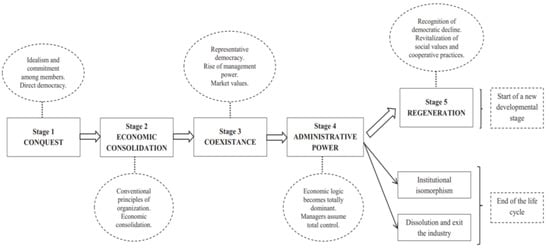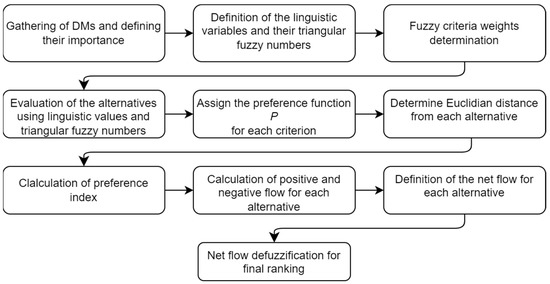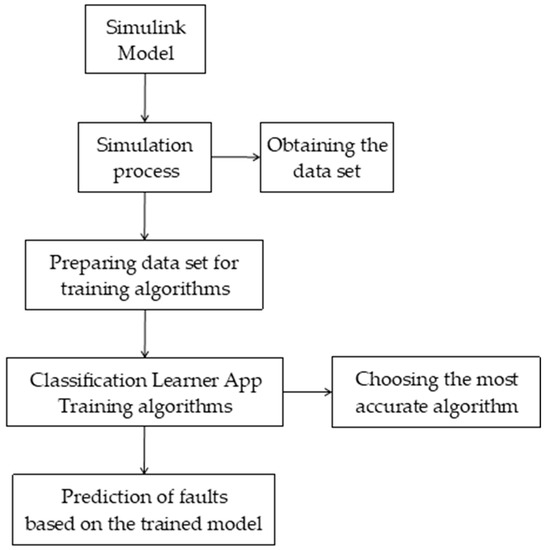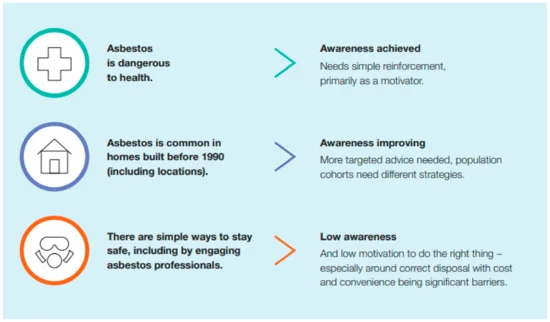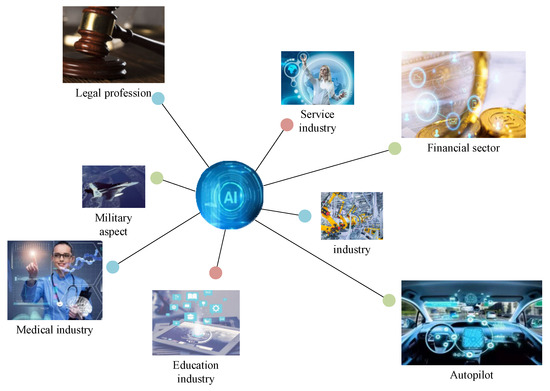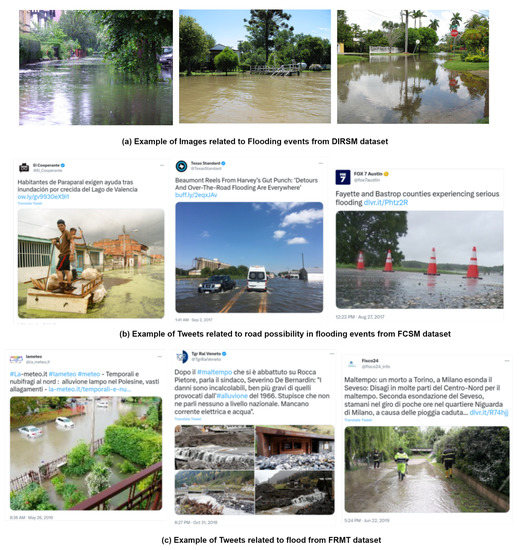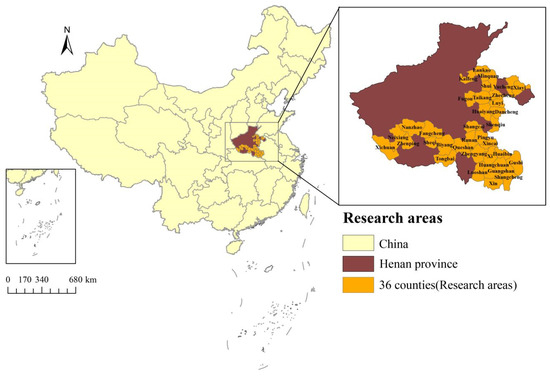Sustainability 2023, 15(7), 5991; https://doi.org/10.3390/su15075991 - 30 Mar 2023
Cited by 8 | Viewed by 2294
Abstract
This study examines the impact of sustainable design on firms’ social sustainability performance, and the moderating role of Islamic work ethics in this relationship. 344 chemical manufacturing organisations in Malaysia were invited to participate in a survey. Data from 130 completed questionnaire sets
[...] Read more.
This study examines the impact of sustainable design on firms’ social sustainability performance, and the moderating role of Islamic work ethics in this relationship. 344 chemical manufacturing organisations in Malaysia were invited to participate in a survey. Data from 130 completed questionnaire sets were subjected to partial least square (PLS) analysis. The results demonstrated significant effect of sustainable design on social sustainability performance. It was also shown that Islamic work ethics moderate the relationship between sustainable design and social sustainability performance. Al-Quran and hadith were used to support this study to link the relationships of the variables under study, particularly in the context of chemical manufacturing organisations in Malaysia. The present study has furnished significant theoretical contributions of how the Natural-resource-based view theory and stakeholder theory could be incorporated into the present proposed framework with the inclusion of the moderating role of Islamic work ethics, and eventually enrich the findings of extant research. As for practical contributions, businesses in the chemical industry would make well-informed decisions about which eco-friendly practices, particularly sustainable design, to adopt in order to attain social sustainability performance and successfully implement Islamic work ethics. Direction for future research is also recommended.
Full article
(This article belongs to the Special Issue Sustainable Design Innovation)
►
Show Figures


